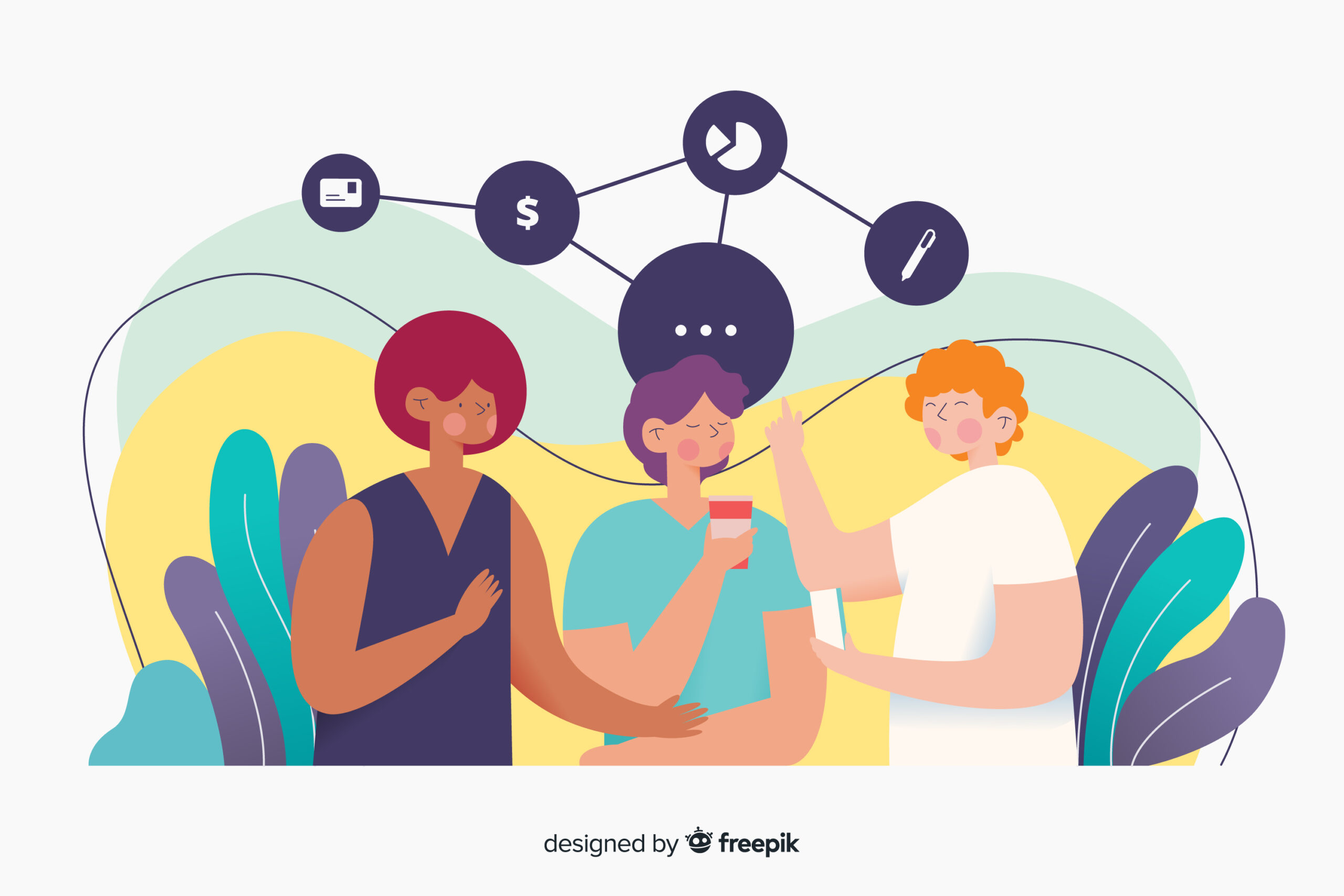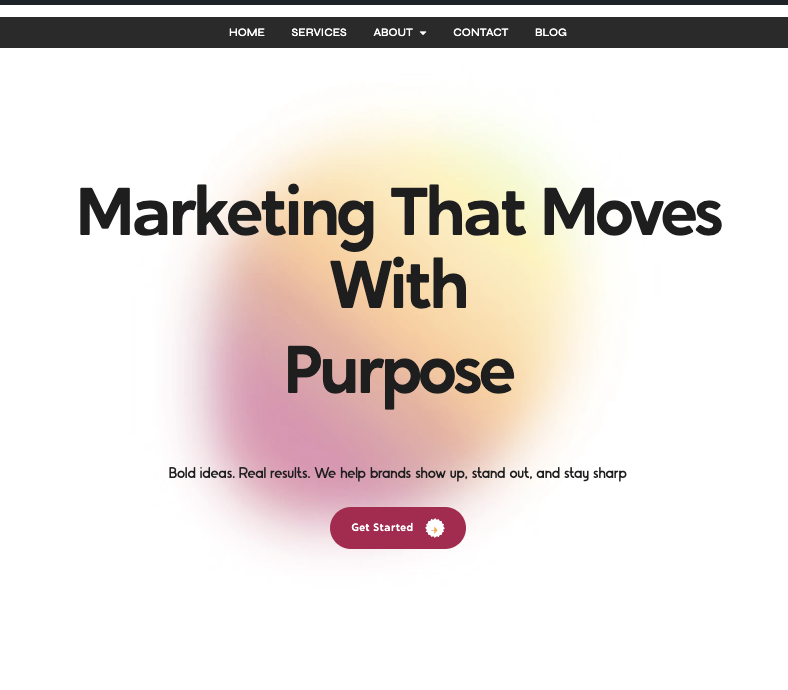Most brands can grab attention. The real challenge is keeping it. Building a brand that people trust — and talk about — doesn’t happen through a single flashy campaign. It happens by showing up the right way, at the right moments, time after time. It’s about being part of your audience’s real world, not just their feed. The most effective strategies share a pattern. They aren’t random tactics thrown at the wall. There are different types of marketing that build real brand reach by meeting people where they are and giving them reasons to care.
Let’s dig into what truly moves the needle, not just for visibility, but for lasting brand loyalty.
Content Marketing: Building Brands with Stories, Not Slogans
Attention is earned, not demanded. Brands like HubSpot didn’t rise by outspending competitors — they became trusted by creating resources, templates, and research that their audience needed.
Good content marketing doesn’t feel like marketing at all. It’s an invitation to learn, solve problems, and grow with your brand as a natural part of the journey.
Social Media Marketing: Earning Trust in Real Time
Social media isn’t a megaphone — it’s a campfire. The brands that thrive spark conversations, not campaigns.
Take Wendy’s on Twitter. Their off-the-cuff humor and authentic banter build loyalty because they meet people as equals, not targets.
Today’s audiences can smell a scripted post from a mile away. Brands that succeed make their audiences feel heard, not handled.
SEO Marketing: Showing Up When It Matters Most
No flashy ad can replace the quiet power of being there when someone searches for help. That’s where SEO steps in.
Whether it’s a local café optimizing “best latte near me” or a national brand ranking for “how to start a podcast,” SEO builds brand presence precisely when it matters most: the moment of need.
Good SEO isn’t a trick — it’s a promise fulfilled.
Email Marketing: Personal, Not Transactional
Email remains unmatched when it feels personal. Not mass newsletters, but thoughtful, relevant touches at just the right moment.
Brands like Spotify prove it with campaigns like “Wrapped,” turning user behavior into shareable, personal highlights. People engage because it’s about them, not about the brand.
Segmentation, timing, and genuine value transform email from spam into relationship-building.
Paid Advertising: Fueling Momentum, Not Faking It
Paid media can’t create passion. But it can amplify the real spark you already have.
Airbnb’s early Craigslist strategy wasn’t just clever — it was authentic outreach where travelers were already looking. Today’s smart brands use paid ads to reinforce genuine organic momentum, not fake it.
When paid feels like an extension of brand experience, it scales trust instead of eroding it.
Influencer Marketing: Trust Transfers
Audiences trust people faster than they trust brands. Smart influencer marketing recognizes this and respects it.
Micro-influencers, with their tightly connected followings, often drive more authentic engagement than celebrity partnerships ever could. A report by Influencer Marketing Hub highlights micro-influencers achieving 60% higher engagement rates than macro ones.
(Integrate naturally when mentioning micro-influencers.)
It’s not about big reach; it’s about the right reach.
Partnership Marketing: Two Brands, One Story
Some of the smartest brand moves aren’t solo at all. They’re collaborations.
Nike and Apple’s partnership around fitness and tech wasn’t forced — it made perfect sense. Together, they offered a story that neither could tell alone.
When partnerships align values and audiences, they double trust, not just exposure.
Event Marketing: Where Brands Come Alive
A website can tell your story. But an event lets people step inside it.
Salesforce’s Dreamforce event doesn’t just showcase software — it builds a movement around innovation and leadership.
Even virtual experiences can create emotional resonance when they’re designed to connect, not just impress.
Events let people live the brand, and once they do, they rarely forget it.
Guerrilla Marketing: Creating Moments, Not Ads
Sometimes the best marketing doesn’t look like marketing at all. It looks like a surprise.
Burger King’s stunt turned smartphones and McDonald’s locations into opportunities for laughs, downloads, and Whoppers — all at once.
Guerrilla marketing works because it’s unexpected. It makes brand experiences feel like discoveries, not campaigns.
Community Marketing: Growing Belonging, Not Just Brand Awareness
Brands that build real reach don’t chase loyalty. They foster belonging.
LEGO’s “Ideas” platform turns fans into creators, voting and collaborating on new sets. That’s not customer retention — it’s brand devotion.
Community marketing turns audiences into owners. And when people feel they own a brand, they share it because it’s a piece of their identity.
Why These 10 Types of Marketing Matter
Real reach can’t be bought in bulk. It’s stitched carefully through thousands of small, genuine moments: a helpful blog post, an unexpected thank-you email, a memorable event, a genuine online interaction.
Each strategy offers its own doorway to connection, but the strongest brands blend these approaches naturally, shaped by their DNA, refined by listening to their audience, and sustained by consistent, authentic value.
The brands that win in reach are the brands that first win in trust.
















